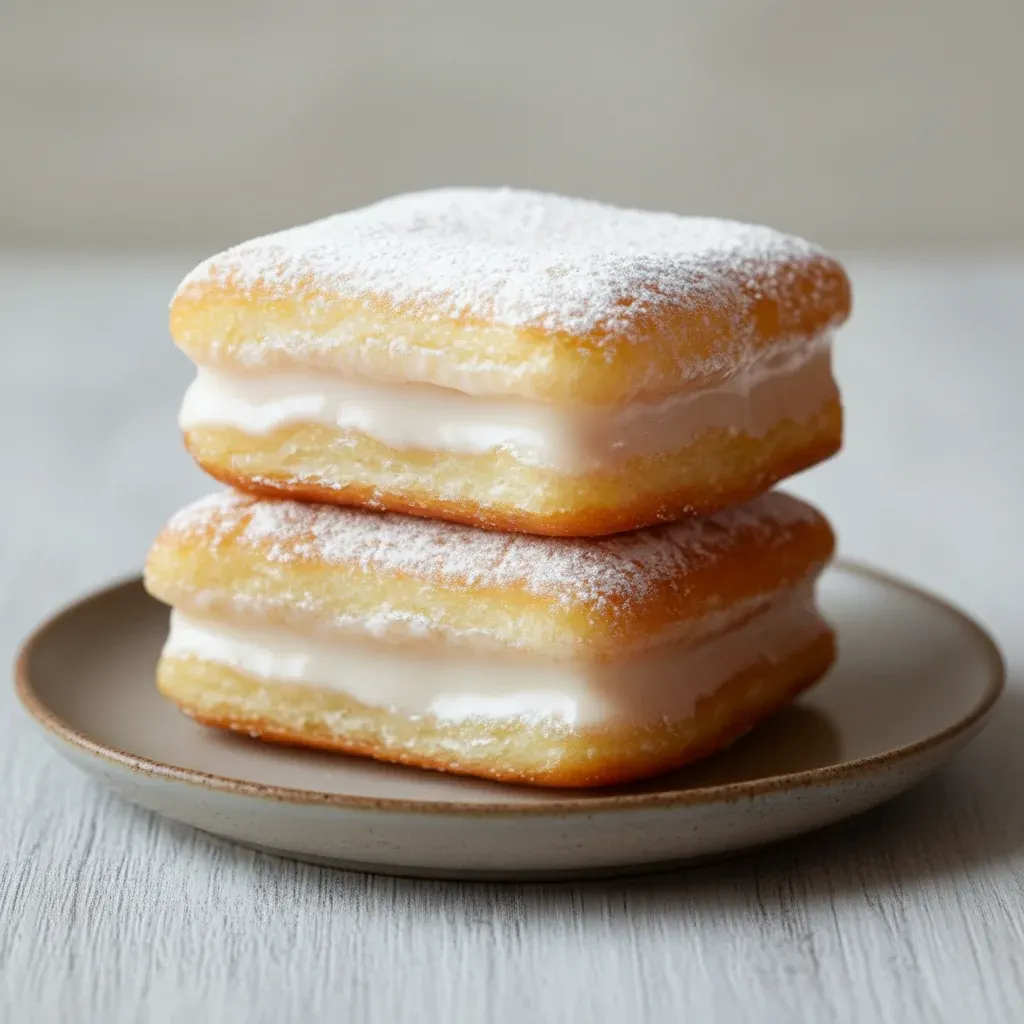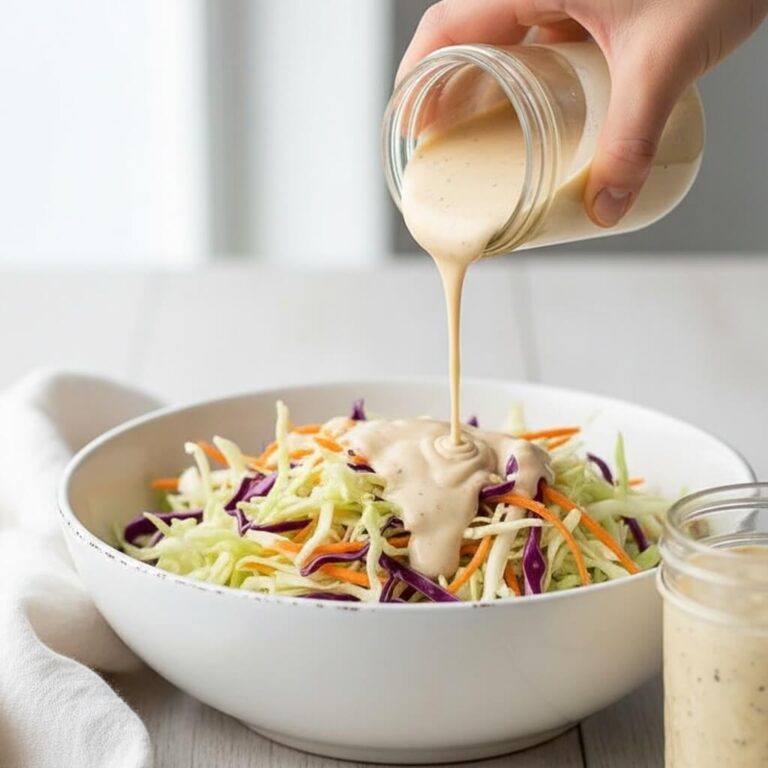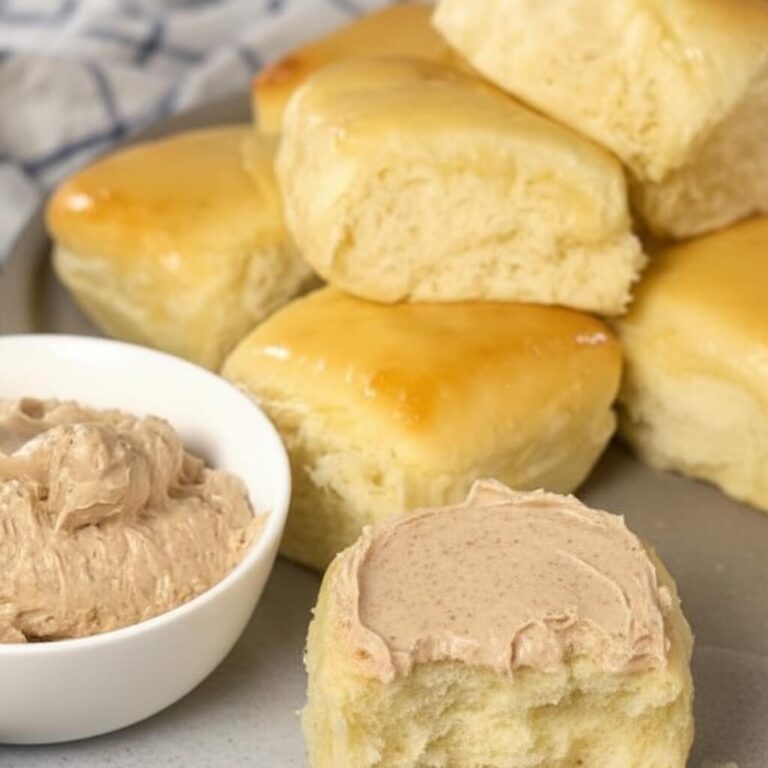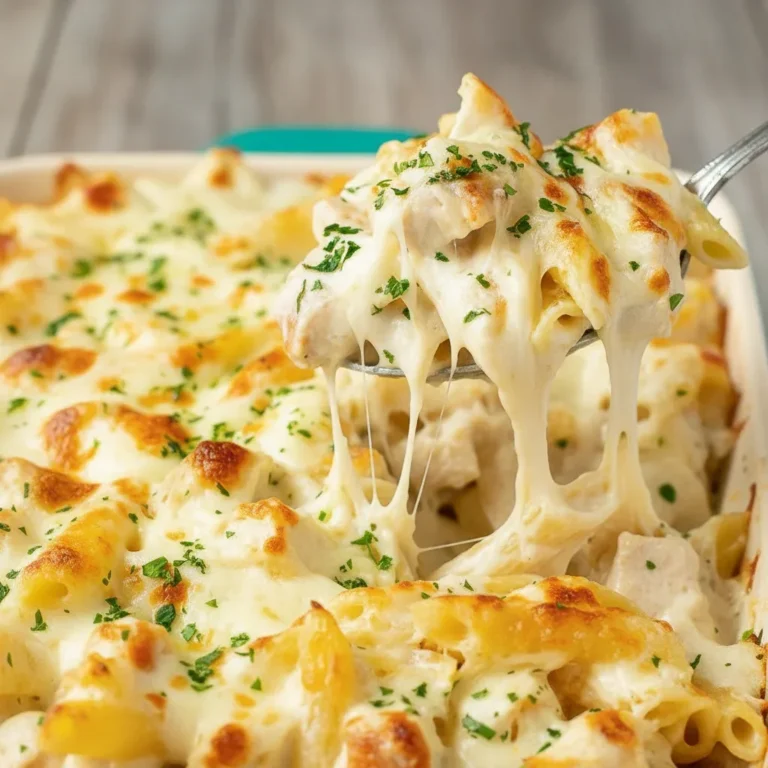The Ultimate Guide to the Best Vanilla French Beignets Recipe

Do you ever imagine sinking your teeth into a light, warm, and fluffy pillow of fried dough, blanketed in a generous snowfall of icing sugar? That delightful experience, famously found on the bustling streets of New Orleans, is something you can easily recreate in your own kitchen. If you’ve been on a quest for that perfect, melt-in-the-mouth texture enhanced by a delicate note of vanilla, then you’ve come to the right place. We are delighted to share the best vanilla French beignets recipe you’ll ever find, a guide designed to transport your senses to a charming French café with every single bite.
This is far more than just another doughnut recipe. Beignets are a category of their own—so much lighter, airier, and possessing a rustic appeal that is truly hard to resist. We have meticulously tested and refined this recipe to guarantee you achieve that signature puff and soft, delicate chew every single time. Let’s pop on our aprons and introduce a taste of this classic French dessert into our homes.
What Exactly Are Beignets?
Before we jump into the recipe itself, let’s explore what truly defines a beignet. Hailing from France, the term ‘beignet’ translates simply to ‘fritter’. These delightful pastries were introduced to Louisiana by French settlers during the 18th century and have since become an iconic part of New Orleans cuisine. You can delve deeper into their fascinating history on Wikipedia. Unlike the perfectly circular, often-filled doughnuts we may be accustomed to, a beignet is a square-shaped portion of yeasted dough that is deep-fried to a stunning golden-brown.
They are a variety of fried dough pastry, but their defining characteristic is their extraordinary lightness. Upon frying, they expand dramatically, which creates a hollow interior and a wonderfully soft, slightly chewy consistency. Traditionally, they are served piping hot and absolutely buried under a mound of icing sugar. Our recipe incorporates a subtle hint of vanilla into the dough, elevating the flavour profile from simply sweet to something truly special.
Why You’ll Love This Recipe
- Classic Taste, Easy Method: We’ve broken down the entire process into simple, manageable steps so that anyone can replicate that authentic café flavour and texture. No complex techniques are required!
- Incredibly Airy and Tender Texture: Our secret lies in a carefully balanced yeast dough that proofs perfectly to create the light, airy pockets for which beignets are renowned.
- Subtle, Aromatic Vanilla Flavour: Just a small amount of vanilla extract introduces a layer of warm, fragrant elegance that beautifully complements the sweetness of the icing sugar.
- A Versatile Treat for Brunch or Dessert: Whether you’re dreaming of a leisurely weekend brunch, a memorable dessert, or a comforting afternoon snack with coffee, these beignets are the perfect choice.
- Easy to Customise with Your Favourite Dips: While magnificent on their own, they also serve as the perfect base for dipping sauces such as chocolate, caramel, or a sharp fruit coulis.
Ingredients

- 1 ½ teaspoons (7g) active dry yeast
- 180ml (¾ cup) lukewarm whole milk (about 40-43°C)
- 50g (¼ cup) caster sugar, plus a pinch for the yeast
- 1 large egg, lightly beaten
- 60g (¼ cup) unsalted butter, melted and slightly cooled
- 1 ½ teaspoons vanilla extract
- 375g (3 cups) plain (all-purpose) flour, plus extra for dusting
- ½ teaspoon salt
- 1 litre (approx. 4 cups) vegetable or other neutral oil, for frying
- 200g (1 ½ cups) icing sugar, for dusting
Your Step-by-Step Guide to Making Perfect Vanilla Beignets
Creating these heavenly New Orleans beignets is an incredibly satisfying experience. Follow our instructions closely, and you’ll be rewarded with pastries that are wonderfully light, puffy, and irresistibly tasty.
Step 1: Activating the Yeast
Our journey begins by activating the yeast. In a small bowl, mix the lukewarm milk, a small pinch of caster sugar, and the active dry yeast. Stir it gently and then set it aside for approximately 5–10 minutes. You’ll know it’s ready when a frothy, bubbly layer forms on the surface. If this reaction doesn’t occur, the milk may have been too hot or cold, or the yeast could be past its best. Nailing this first step is vital for achieving a light dough!
Step 2: Mixing the Beignet Dough
In a stand mixer bowl equipped with a dough hook, or a large bowl if you’re kneading manually, combine the flour, the rest of the caster sugar, and the salt. Make a well in the middle. Pour the activated yeast mixture, beaten egg, melted butter, and vanilla extract into the well. Mix on a low setting until a shaggy dough forms. Then, increase the speed to medium and knead for 5–7 minutes (or for 10–12 minutes by hand on a lightly floured surface). The final dough should be smooth, soft, and feel slightly tacky to the touch. Resist the urge to add too much extra flour.
Step 3: The First Proof
After kneading, shape the dough into a ball and place it into a bowl that has been lightly greased. Cover the bowl with a clean kitchen towel or cling film and let it rise in a warm, draught-free spot for 1–2 hours, or until it has doubled in volume. This proofing period is crucial for developing the flavour and creating that distinctive light texture.
Step 4: Shaping the Beignets
Gently deflate the risen dough to release the trapped air. Tip it out onto a surface that has been generously floured. With a floured rolling pin, roll the dough into a rectangle shape, about ½-inch thick. Using a pizza wheel or a sharp knife, slice the dough into squares roughly 2 inches in size. This should yield between 18 and 24 beignets. You can gather and re-roll any scraps, but the beignets from the first rolling will be the most tender.
Step 5: Frying to Golden Perfection
Pour the vegetable oil into a large, heavy-based pot or a Dutch oven to a depth of about 2–3 inches. Heat the oil over a medium-high flame until it reaches 185°C (365°F). We highly recommend using a thermometer for the most accurate results. Carefully lower 3–4 dough squares into the hot oil, ensuring you don’t overcrowd the pot. They will initially sink before puffing up and floating. Fry for 1–2 minutes on each side, until they achieve a lovely golden-brown colour. Be aware that they cook very quickly!
Step 6: The Finishing Touch
With a slotted spoon, carefully lift the beignets from the hot oil and transfer them to a wire rack or a plate lined with paper towels to drain off any excess oil. Now for the final, and most iconic, step: the dusting! While the beignets are still lovely and warm, you can either place them in a paper bag with the icing sugar and shake well, or use a sieve to coat them lavishly. This is the secret to creating those classic powdered sugar donuts that are so beloved. Serve them straight away!
Our Top Tips for Beignet Success
- Maintain the Correct Oil Temperature: This is arguably the most important tip. If the oil is not hot enough, the beignets will soak it up and become greasy. If it is too hot, the outside will burn before the inside has a chance to cook. A kitchen thermometer is an invaluable tool here.
- Avoid Overcrowding the Frying Pot: Frying too many beignets at once will cause the oil’s temperature to drop, resulting in soggy pastries. For the best puff and even colour, it is essential to work in small batches.
- Enjoy Them Immediately: Beignets are at their absolute best when served hot, fresh from the fryer. The delightful contrast between the warm, soft pastry and the sweet, powdery coating is simply divine.
- Experiment with Dipping Sauces: While the classic preparation is wonderful, feel free to serve your beignets with a side of chocolate ganache, a rich salted caramel sauce, or a tangy raspberry coulis for a delicious modern twist.
Serving Your Delicious Homemade Beignets
The time-honoured way to savour beignets is alongside a steaming cup of café au lait (coffee with chicory and hot milk). It is a classic pairing that has delighted people for generations! They also make for a truly spectacular dessert. While beignets are a fantastic dessert, they can also cap off a wonderful meal. If you’re creating a full menu, why not start with something savoury and comforting like our Garlic Parmesan Chicken Pasta Recipe or these tasty Sticky Chicken Rice Bowls before you dive into this delightful sweet finale.
FAQ
Conclusion: Your New Favourite Treat Awaits
And there you have it—our comprehensive guide to making the most wonderful homemade vanilla French beignets. We’ve demonstrated that you don’t need to book a flight to New Orleans to enjoy this legendary pastry. With just a few basic ingredients and a touch of care, you can create a batch of incredibly light, airy, and flavourful beignets that are sure to delight your family and friends.
So, why wait any longer? It’s time to gather your ingredients and prepare to make a little bit of magic in your own kitchen. We can assure you that the first taste of a warm, sugar-coated beignet, crafted by your own hands, is a moment you will cherish. We would be thrilled to see your results! Feel free to tag us on social media or leave a comment below to share how your vanilla French beignets turned out.
Recipe Card

Ingredients
- 1 ½ tsp (7g) active dry yeast
- 180ml (¾ cup) lukewarm whole milk
- 50g (¼ cup) caster sugar
- 1 large egg, lightly beaten
- 60g (¼ cup) unsalted butter, melted
- 1 ½ tsp vanilla extract
- 375g (3 cups) plain (all-purpose) flour
- ½ tsp salt
- 1 litre (approx. 4 cups) neutral oil, for frying
- 200g (1 ½ cups) icing sugar, for dusting
Instructions
- In a small bowl, activate the yeast by mixing it with lukewarm milk and a pinch of sugar. Let it stand for 5-10 minutes until frothy.
- In a large bowl or stand mixer, combine flour, the rest of the caster sugar, and salt. Add the yeast mixture, beaten egg, melted butter, and vanilla. Knead for 5-7 minutes (machine) or 10-12 minutes (hand) until the dough is smooth and soft.
- Place the dough in a lightly greased bowl, cover, and let it rise in a warm spot for 1-2 hours, or until it has doubled in volume.
- On a well-floured surface, roll the dough to a ½-inch thickness. Use a sharp knife or pizza cutter to slice the dough into 2-inch squares.
- Heat the oil in a large, heavy-based pot to 185°C (365°F). Carefully fry the beignets in small batches, cooking for 1-2 minutes per side until golden brown and puffed up.
- Remove the beignets with a slotted spoon and let them drain on a wire rack. While still hot, dust them generously with icing sugar. Serve immediately.






